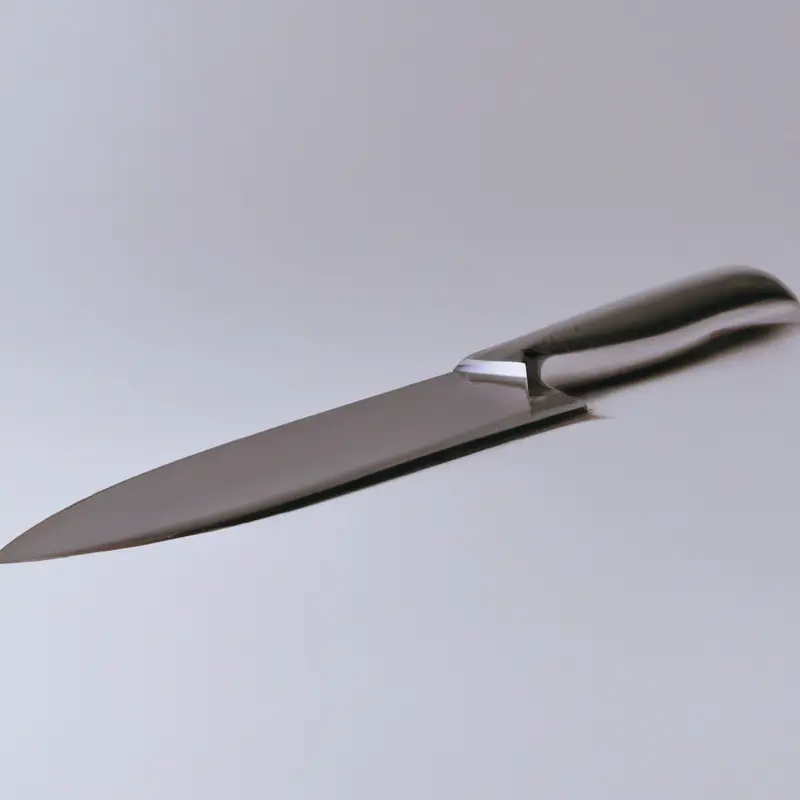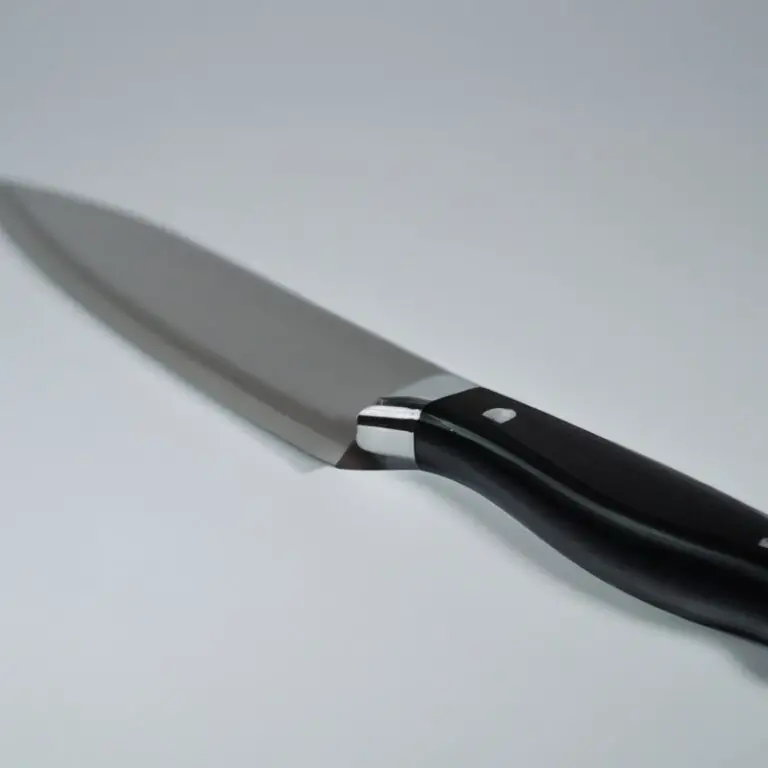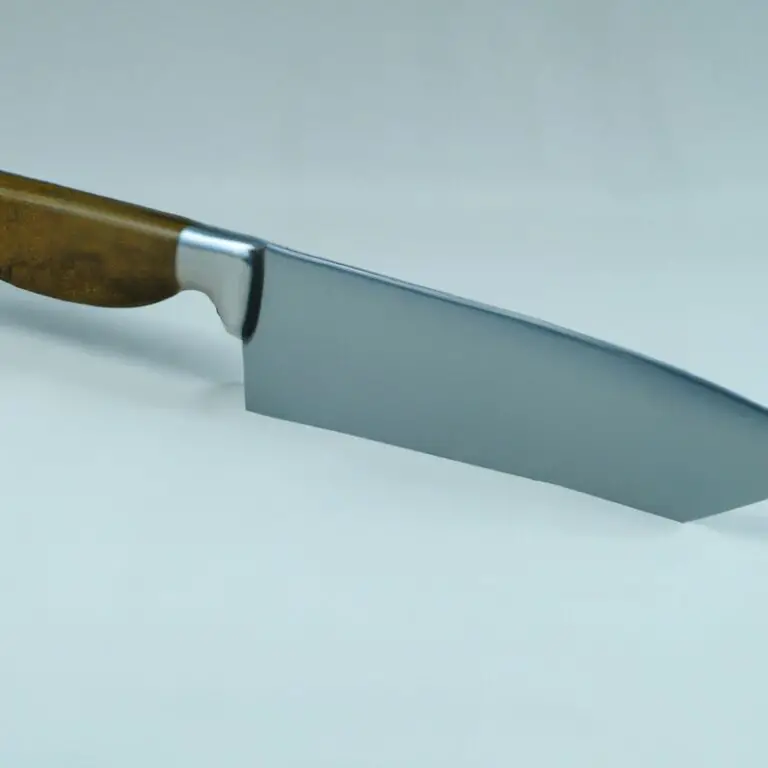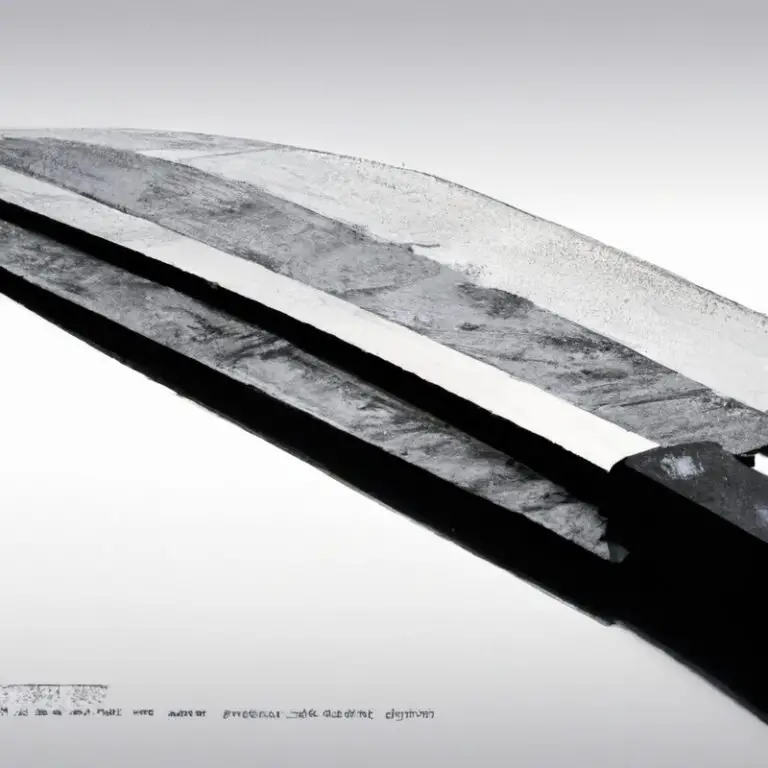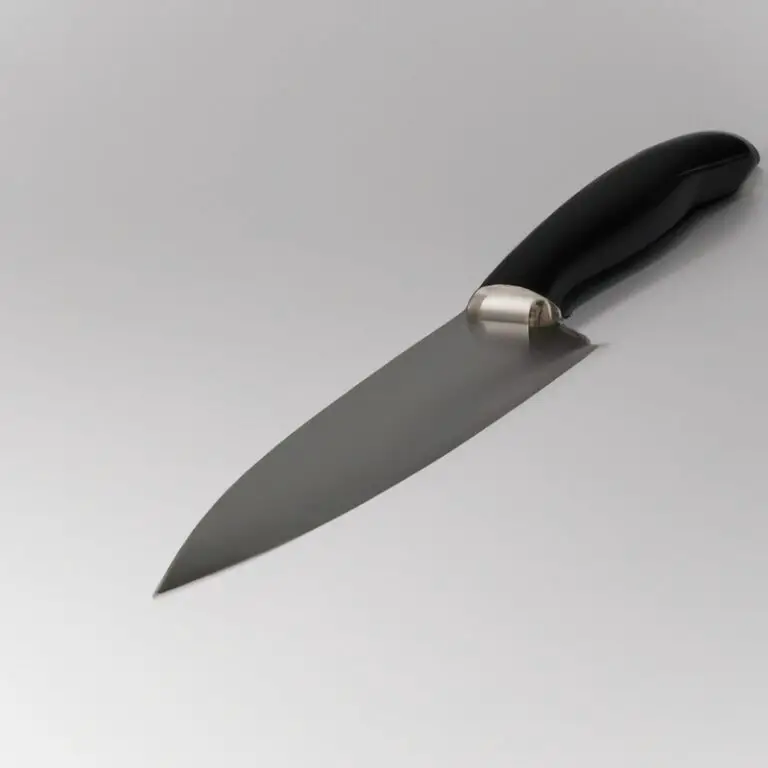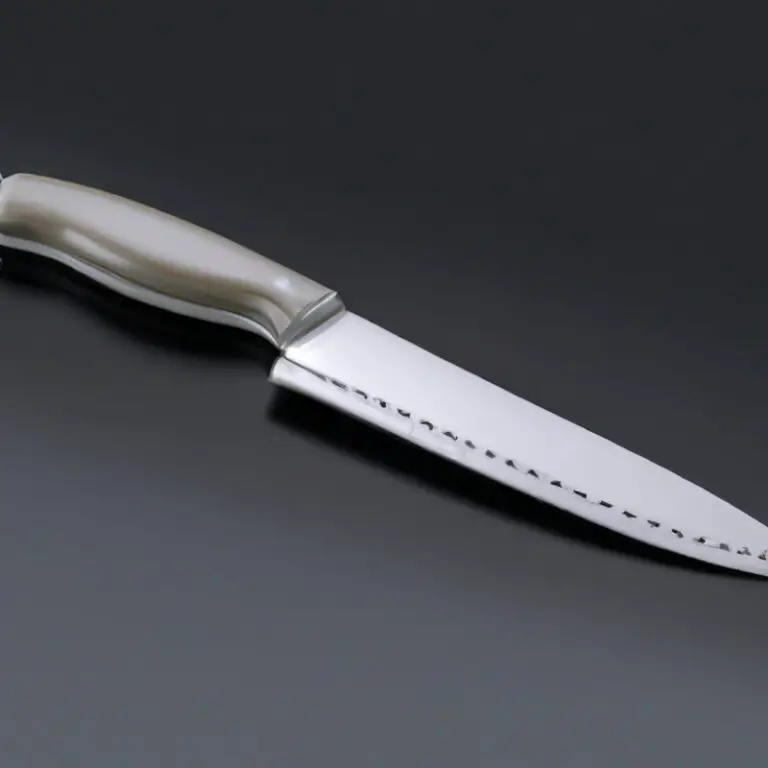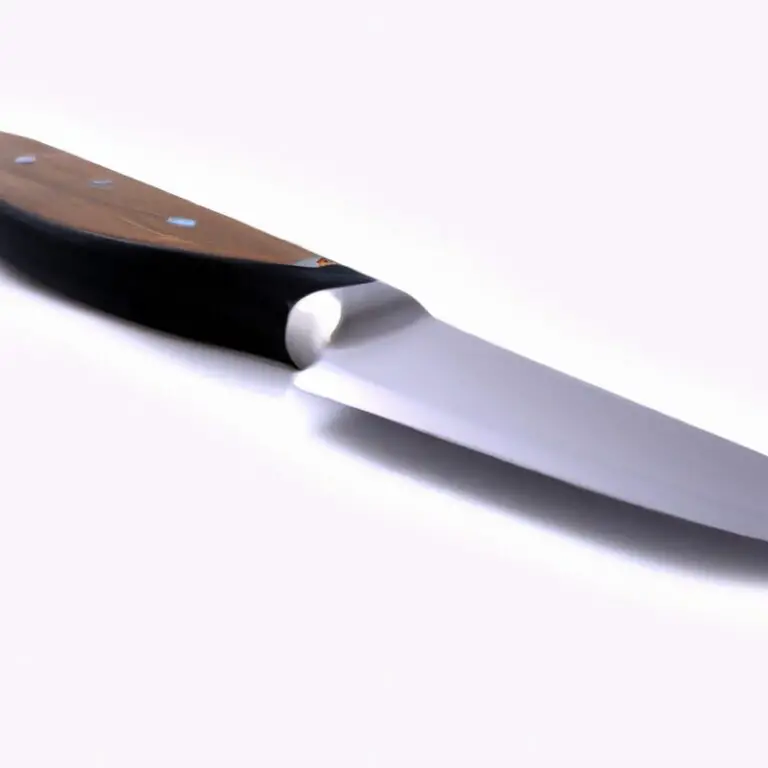How To Safely Store a Chef Knife In a Drawer? – Tips
Key Takeaways:
- Protect your chef knife by placing a sheath or blade guard on it before storing.
- To prevent damage to the blade, avoid piling other kitchen utensils on top of it in the drawer.
- Consider investing in a knife block or magnet strip for safe and convenient storage of your chef knife.
- Keep your chef knife sharp to reduce the chances of accidental cuts or injury while handling or storing it.
Did you know that storing your chef knife in a drawer could lead to damage, injury or worse? As a home cook and a knife enthusiast, I’ve seen firsthand the potential dangers of storing knives improperly.
That’s why I’ve put together this guide on how to safely store your chef knife in a drawer.
From assessing the material and choosing the right type of sheath, to proper cleaning and organization, we’ll cover everything you need to keep your knives in top condition and prevent accidents. So let’s dive in and ensure your kitchen stays a safe and happy place!
| Advantages | Disadvantages | |
|---|---|---|
| Option 1: Knife sheath | -Protects blade from damage -Easy to use and store | -Sheath may not fit properly -Possibility of damaging the sheath over time |
| Option 2: Magnetic knife strip | -Keeps knives easily accessible -Saves drawer space | -May be improper magnetization -Knives can fall if improperly positioned |
| Option 3: DIY knife block | -Can be made to fit drawer size -Keeps knives organized | -Takes up more space than other options -May require power tools |
Understanding the dangers of storing chef knives in a drawer
Storing chef knives in a drawer may seem like a convenient option, but there are several dangers associated with this practice. Firstly, it increases the risk of accidents as the sharp blades can easily cut skin or cause injury if mishandled.
Additionally, storing knives in a drawer can damage the blades, reducing their lifespan and performance.
The blades can also become dull, corroded, or rusted if not properly dried and cleaned before storage. Furthermore, overcrowding the drawer can cause the knives to rub against each other, resulting in scratches and nicks.
To avoid these dangers, it is recommended to store chef knives in a protective sheath or knife block, separately from other utensils.
Proper maintenance and regular checks for damage can ensure durability and safety.
Assessing the material of your knife before storage
It’s important to assess the material of your knife before storing it in a drawer. Knives that have a high carbon content, such as those made from carbon steel, are prone to rust and corrosion if not properly cared for.
Stainless steel knives are more resistant to rust, but can still corrode under certain conditions.
It’s also important to consider the handle material, as some materials can be damaged or deteriorate over time if stored in certain environments. Assessing the material of your knife before storage can help you determine the best storage solution and cleaning method to prevent damage and ensure longevity.
Choosing the right type of knife sheath for drawer storage
Choosing the right type of knife sheath is crucial for safe drawer storage. Here are some factors to consider:
- Material: Look for sheaths made of durable materials like leather or plastic to prevent knife damage and injury.
- Size and Shape: Choose a sheath that fits the blade size and shape of your knife securely to prevent it from sliding or moving around in the drawer.
- Accessibility: Consider a sheath that allows easy and quick access to your knife, especially if you frequently use it.
- Ventilation: Choose a sheath that provides proper ventilation to allow air circulation and prevent rust and corrosion.
- Compatibility: Ensure that your chosen sheath fits the specific requirements of your drawer, as some sheaths may be too bulky or not fit correctly.
By keeping these factors in mind, you can choose the right type of knife sheath for safe and convenient drawer storage.
Organizing your drawer for knife safety and accessibility
Organizing your drawer for knife safety and accessibility is crucial for preventing accidents and maintaining the quality of your knives. Here are some tips to help you store them safely:
- Use a knife block or sheath: Invest in a knife block or sheath to keep your knives separated and protect their sharp edges. This will also make them easily accessible when you need them.
- Arrange knives properly: Avoid overcrowding your knives in the drawer as this can lead to damage and injury. Use dividers or separate compartments to organize them neatly.
- Store knives away from other utensils: Store your knives separate from other utensils to ensure their sharp edges do not come in contact with other materials.
- Keep knives dry: It is essential to dry your knives completely before storing them as moisture can cause rust and corrosion. Consider using a towel or cloth to wipe them dry.
- Position the drawer safely: Make sure your drawer is positioned in a safe and stable location to prevent accidents.
Following these simple tips will go a long way in ensuring that you keep your knives safe and easily accessible.
Properly cleaning and drying knives before storage to prevent rust and corrosion
Properly cleaning and drying your chef knife before storage is crucial in preventing rust and corrosion, which can damage the blade and compromise its performance. To clean your knife, wash it with warm soapy water and use a non-abrasive sponge to remove any food residue.
Avoid using harsh chemicals or abrasive materials as it can damage the blade.
Ensure to rinse your knife thoroughly and dry it immediately with a clean towel to prevent rust. Once completely dried, store your knife in a sheath or protective cover in a drawer.
Keep the blade away from direct contact with other metal objects, which can cause damage or scratches.
By following these simple steps, you can ensure your chef knife remains in excellent condition and ready for use the next time you need it.
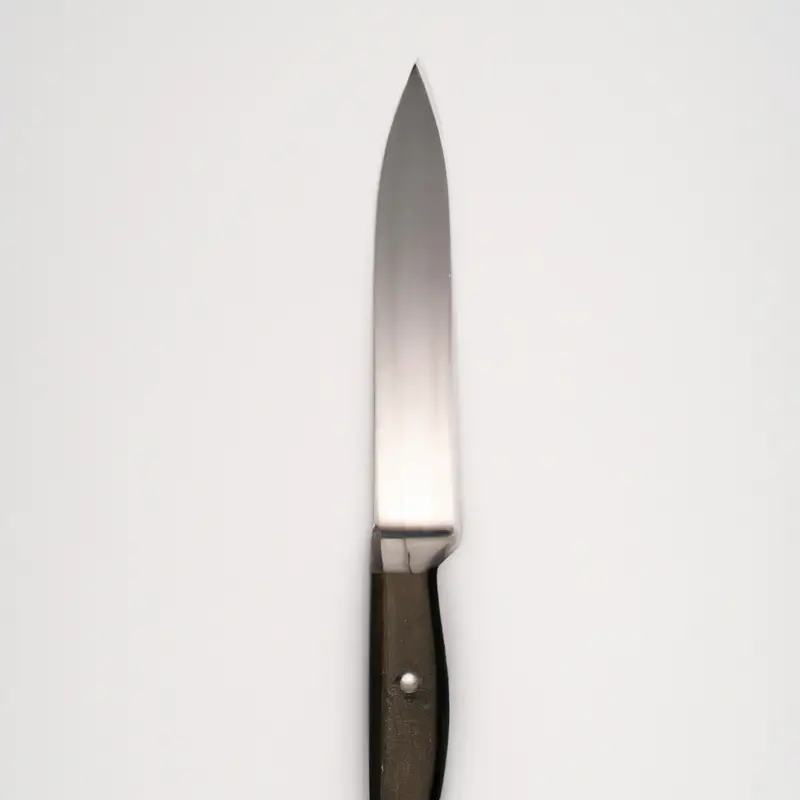
Avoiding overcrowding of knives in the drawer to prevent damage and injury
Avoid overcrowding your knives in the drawer to prevent damage and injury. Overcrowding can cause the blades to become scratched and dull.
This can make them less effective and possibly more dangerous to use.
It’s crucial to give each knife its space and avoid stacking them. By doing so, you reduce the chance of accidentally cutting yourself when you reach for a knife.
Additionally, overcrowded drawers can make it difficult to locate the specific knife you need, leading to frustration, wasted time, and potentially unsafe situations.
Therefore, organizing your knife drawer is a crucial part of ensuring that you can access your knives safely and efficiently.
Implementing additional safety measures, such as childproof locks or knife blocks, for added protection
Implementing additional safety measures, such as childproof locks or knife blocks, can help provide added protection when storing chef knives in a drawer. Childproof locks can prevent children from accessing the drawer and accidental injuries, while knife blocks can hold knives safely in place and prevent them from moving around and causing damage or injury.
Consider investing in either of these options for added security and peace of mind when storing your chef knives in a drawer.
Positioning the drawer in a safe and stable location to prevent accidents
Proper positioning of the drawer plays a critical role in the safety of your stored knives. A weak or unstable drawer can cause accidents by allowing blades to fall or shift out of place unpredictably.
Therefore, it is essential to ensure that your drawer is sturdy and secure.
Avoid storing knives in a drawer that wiggles or moves around when opened or closed. It is also vital to keep the drawer away from high-traffic areas or places where children play.
Furthermore, positioning the drawer at below the countertop level can reduce the risk of someone accidentally bumping into the knives.
Lastly, make sure that the drawer’s handle is easily reachable and visible for easy access, reducing the risk of accidentally touching a blade.
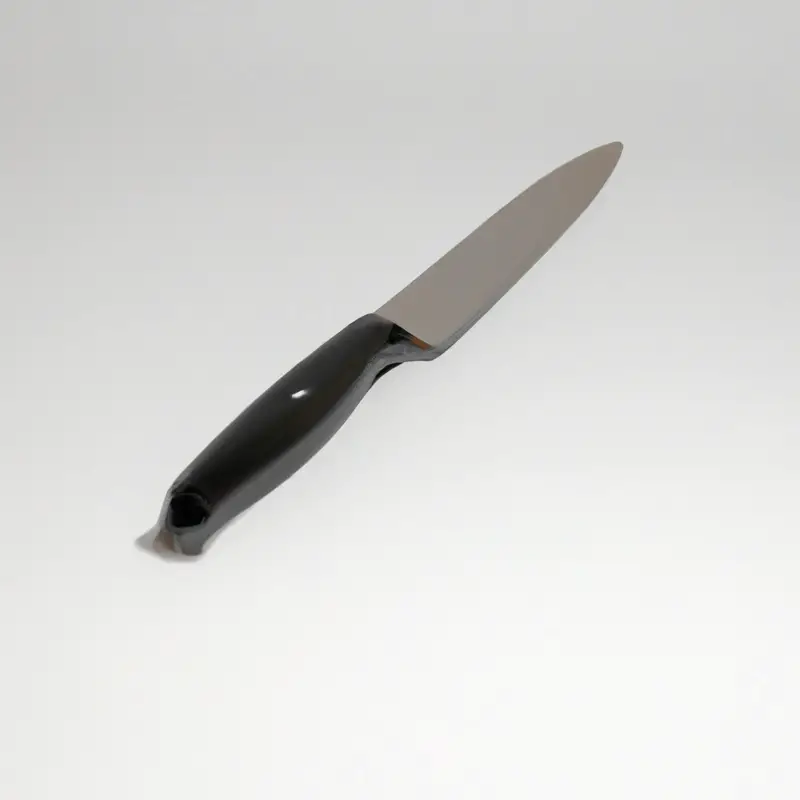
Checking your stored knives regularly for damage or wear and tear
It is essential to check your stored knives regularly for damage or wear and tear. This practice can prevent accidents and extend the lifespan of your knives.
Knife blades can become chipped, cracked, or bent over time, making them more susceptible to breakage or slippage during use.
To properly check for damage, inspect the blade and handle for any cracks, chips, or deformities. Ensure that the blade is securely attached to the handle and that there are no loose parts.
If you find any damage, refrain from using the knife until it has been repaired or replaced.
Checking knives before each use is also recommended to avoid injury.
Seeking professional advice and assistance for safe storage solutions
Seeking professional advice and assistance for safe storage solutions is highly recommended to ensure optimal safety and prevent injury. Professional knife makers or reputable kitchenware stores are excellent sources for information on how to store your chef knife properly.
They can provide expert advice on choosing the right type of knife sheath or block for drawer storage, as well as additional safety measures such as childproof locks.
Seeking professional assistance can also help assess the material of your knife and ensure that the storage method is ideal for preventing damage or corrosion to the blade. Remember to regularly check your stored knives for any possible damage or wear and tear.
Seeking professional advice and assistance can give you peace of mind while also maintaining the long-lasting quality of your chef knife.
Final Verdict
Storing chef knives in a drawer can be dangerous if not done properly. However, with the right precautions and techniques, it is possible to keep your knives safe and accessible in the kitchen.
Remember to assess the material of your knife, choose the right type of knife sheath, organize your drawer for safety and accessibility, properly clean and dry your knife before storage, avoid overcrowding, implement additional safety measures, position the drawer in a safe location, check your knives regularly and seek professional advice when needed.
By following these guidelines, you can ensure the longevity of your knives, prevent injury, and improve your overall cooking experience. As a chef or home cook, investing time and effort into safe knife storage is a small step that can lead to significant gains in productivity, safety, and culinary excellence.

